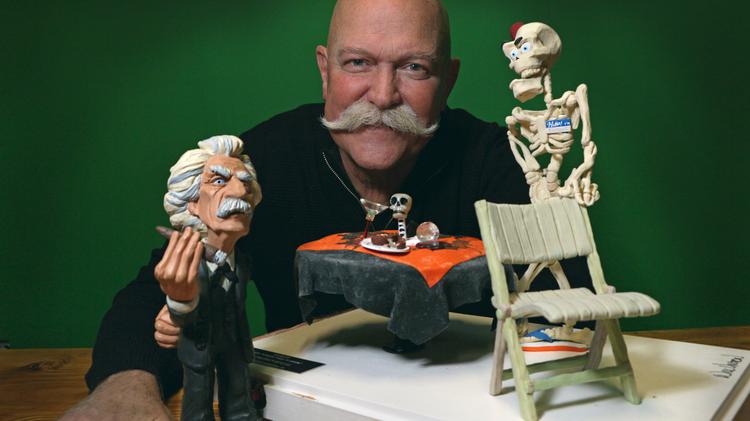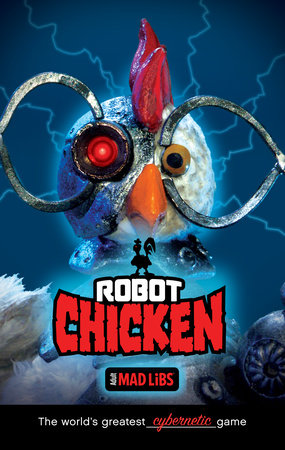Techniques
and Formats
Time-Lapse:
A photography technique where the frequency at which film
frames are captured is much lower than that used to view the sequence. When
played the sequence appears to be much faster at a faster succession. This
technique is important as it allows us to create high speed cinematography and
manipulate time in films. The first recorded use of a time lapse in cinematography
was in the film Carrefour De L’Opera in 1897



Plasticine: A brand of
modelling clay famously used in the art of claymation. It’s mainly used to
create characters and sets in films. Famous examples of models created include the figurines for Wallace and Gromit.



Claymation: The
technique of claymation was trademarked by Will Vinton in 1978 but was around
years before in the early 1900’s. It’s a type of stop motion animation which
means that its composed of numerous pictures that when played back creates the
illusion of movement. It takes a really long time to animate a claymation as
most claymation movies take between 4 and 7 years to make. The Technique still has a big presence today in modern day cinema with films like Early Man.


Found Objects: A technique which involves everyday objects, that can be found in homes, in a stop motion animation piece. A famous example of Object animation would be the show Robot Chicken which is aired on Adult Swim in the Cartoon Network. The show combines puppet animation with object animation to resemble scenarios from pop culture TV shows and films.


Cut Out: Is a form of stop motion animation using flat characters, props and backgrounds typically made from paper. Cut out animations were the first ever to be put into a feature film and still live on today with shows like South Park which now rely on computer software.


Puppetry: A form of stop motion which uses puppets that can move easily. They do this by having a mini armature inside them to help them move freely. The first film to involve puppetry animation was The Humpty Dumpty Circus in 1908 by J. Stuart Blackton and Albert Smith. Famous modern day example include Fantastic Mr Fox and More recently, The Isle of Dogs.


Pixelation: A form of stop motion where live actors are placed frame by frame and essentially become a living stop motion puppet. This method was often used when blending in live actors with animated ones. The first example of this technique being used was El hotel electrico in 1908. Famous examples include The Secret adventure of Tom Thumb and Monsieur Pointu.



Found Objects: A technique which involves everyday objects, that can be found in homes, in a stop motion animation piece. A famous example of Object animation would be the show Robot Chicken which is aired on Adult Swim in the Cartoon Network. The show combines puppet animation with object animation to resemble scenarios from pop culture TV shows and films.


Cut Out: Is a form of stop motion animation using flat characters, props and backgrounds typically made from paper. Cut out animations were the first ever to be put into a feature film and still live on today with shows like South Park which now rely on computer software.
Puppetry: A form of stop motion which uses puppets that can move easily. They do this by having a mini armature inside them to help them move freely. The first film to involve puppetry animation was The Humpty Dumpty Circus in 1908 by J. Stuart Blackton and Albert Smith. Famous modern day example include Fantastic Mr Fox and More recently, The Isle of Dogs.
Pixelation: A form of stop motion where live actors are placed frame by frame and essentially become a living stop motion puppet. This method was often used when blending in live actors with animated ones. The first example of this technique being used was El hotel electrico in 1908. Famous examples include The Secret adventure of Tom Thumb and Monsieur Pointu.
No comments:
Post a Comment